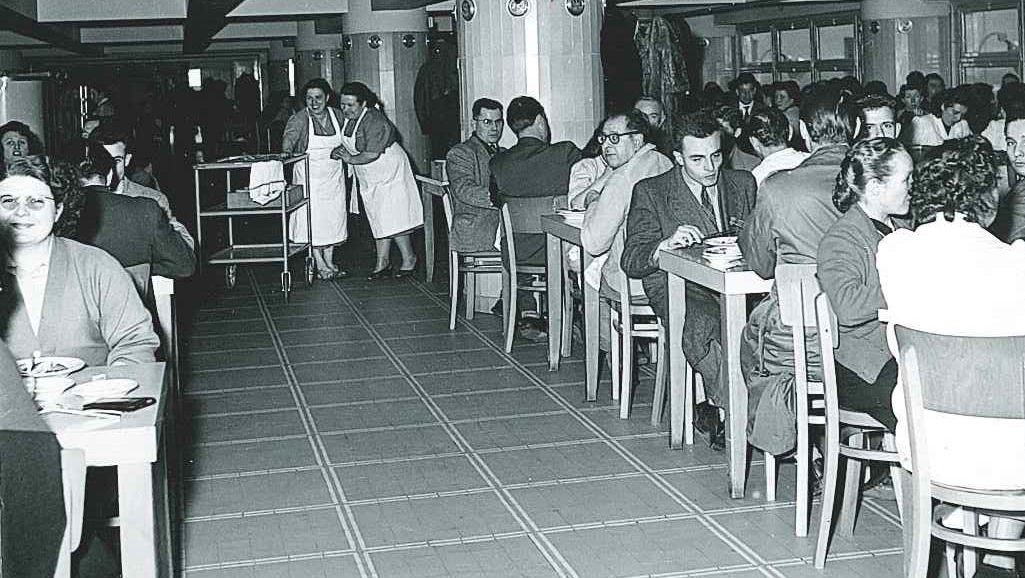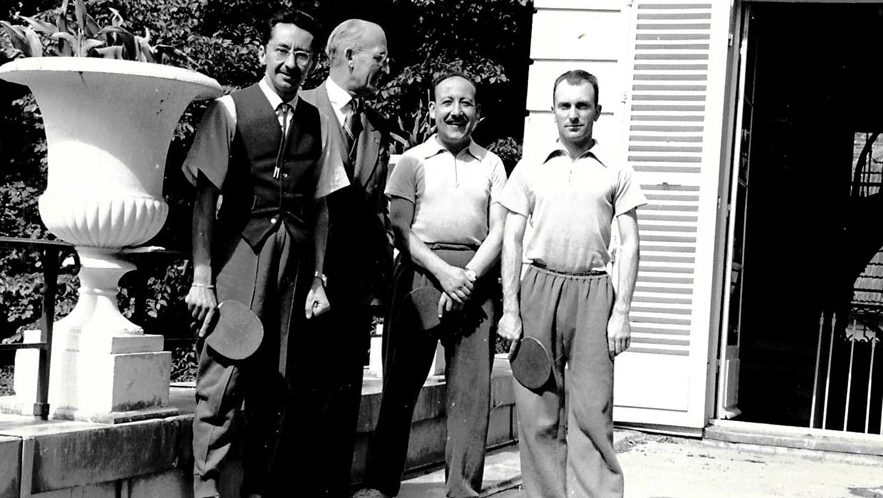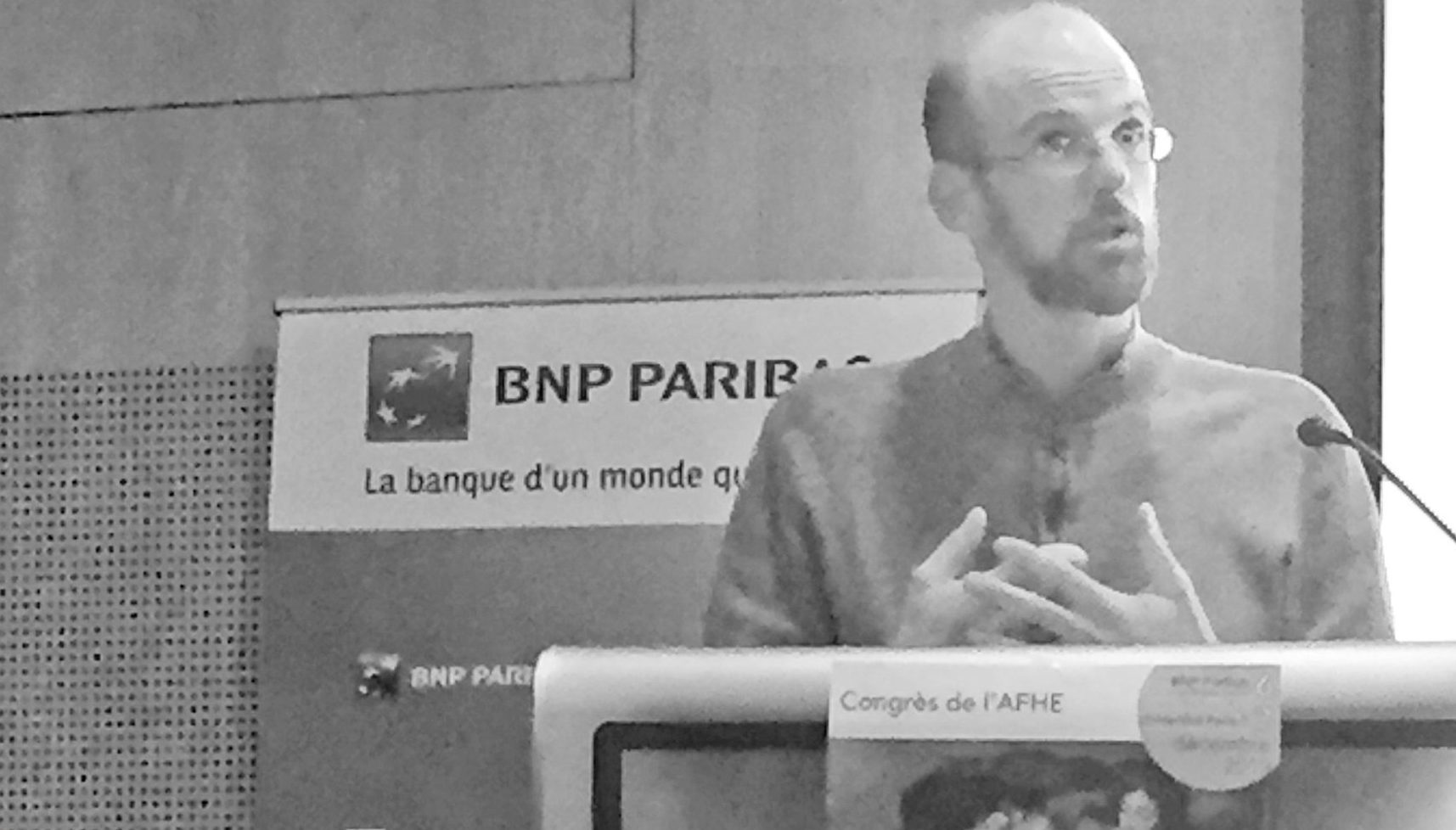BNP Paribas and Social Reconstruction through Employee Committees and Social Security
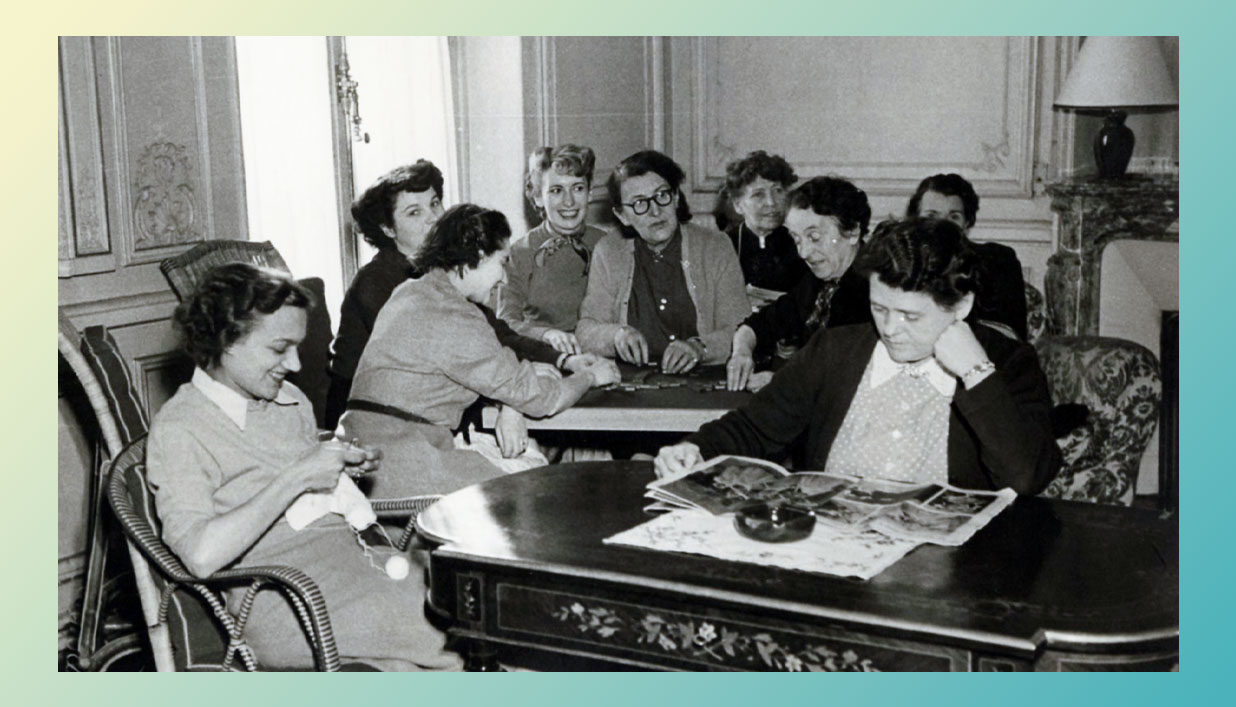
The Second World War profoundly shook French society, leaving behind a ruined, weakened country facing immense economic and social challenges. From the Liberation in 1944, a vast reconstruction project began. The banking sector was not immune to this movement of reform. The archives of the Banque Nationale pour le Commerce et l’Industrie (BNCI) and the Banque de Paris et des Pays-Bas shed light on this period of refoundation.
Refounding the Country: An Ambitious Social Project
Driven by the program of the National Council of the Resistance (CNR), the reconstruction project went beyond simply restoring infrastructure: it aimed to redefine the French social model.
The Creation of Employee Committees: A Major Social Turning Point
The ordinance of February 22, 1945, required companies with more than 50 employees to establish an employee committee.
Composed of elected representatives of the personnel and members of the management, the committee was responsible for managing social and cultural activities for employees, providing advisory opinions on important economic decisions, and creating a formal space for dialogue between management and employees.

Already in 1944, General de Gaulle defended the idea that employee committees should be a key element of economic democracy. “A large fraction of those who make companies work must participate in their management.” Thus, these new participatory bodies aimed to give employees a voice in the economic management of the company and in their working conditions.
In a sector historically marked by a rigid hierarchical organization and a strong concentration of decision-making power, the arrival of this new advisory body constituted a cultural rupture. Banks quickly adopted these bodies, which became a lever for dialogue and social innovation, particularly during periods of accelerated modernization of the sector.
Improving Working Conditions
Improving working conditions was a major axis of the social policies of the banks that would become BNP Paribas after the war. Reducing working hours, paid vacations, and exceptional bonuses were the pillars of this effort.
Banks also implemented several forms of support for employees and their families, including the establishment of relief funds and access to housing through advantageous loans.
Employee committees played an active role in promoting leisure and cultural activities, such as creating vacation colonies for employees’ children, organizing sports and cultural activities, and providing access to libraries.
Finally, employee committees implemented initiatives to promote employee health, including regular medical check-ups to prevent occupational risks and the opening of company cafeterias, initially intended to provide balanced meals to employees at a moderate cost.
The active participation of employees in the management of social activities helped to strengthen the bond between management and personnel, and a generally positive feeling among employees towards the initiatives taken by the employee committees was noted.
A New Era of Social Dialogue
But in banks, employee committees also became spaces where a form of consultation on the internal life of banking establishments was gradually developed.
In the face of the transformation of banking professions – the emergence of automation, diversification of services – employee representatives used the committees to negotiate adapted working conditions, respond to training challenges in the face of technological developments, and anticipate restructuring and branch closures. This new balance of dialogue contributed to democratizing internal management.
Employee committees played a crucial role in improving the working and living conditions of employees after the Liberation. These initiatives not only helped to stabilize the personnel after the war but also contributed to institutionalizing social dialogue in the banks that would become BNP Paribas, a model that still endures today.
Social Security, from Obligation to Corporate Culture
At the same time, the ordinances of October 1945 complement the social insurance system voted on April 5, 1928, establishing a general social security system aimed at bringing together all active workers (employees from the private and public sectors, farmers, self-employed workers, and specific activity sectors).
The internal management of banks is disrupted: they must declare their employees to the general scheme, collect and pay social security contributions, while ensuring that employees are properly informed of their rights.
It was the law of April 5, 1928, that created Social Security. This text protects all modest salaried workers by covering the risks of illness, disability, old age, and death.
For bank human resources departments, this transformation meant a profound overhaul of their internal processes. Teams were trained to manage affiliations, health and retirement benefits, and to serve as an interface between employees and social security funds. Gradually, some banks went beyond their legal obligations, offering internal mutual funds or additional social protection schemes, thereby anticipating the emergence of modern corporate social protection policies. This would be the case for the banks that were the ancestors of the BNP Paribas group
By integrating employee committees and Social Security, French banks adopted more than just a legal framework. They built a model of social governance unique to France. This model is based on collective bargaining, the integration of employees into the company’s strategy, and a broader consideration of employees’ working and living conditions.
Legacy and Continuity
The period 1945-1950 not only rebuilt the walls of France, but also refounded its social contract. 80 years later, a structured social dialogue, consultative participation of employees, and social protection remain pillars of the internal functioning of French banks, testifying to this direct legacy of post-war social reconstruction.
The Précy-sur-Oise Rest Home: a convalescent haven for female employees
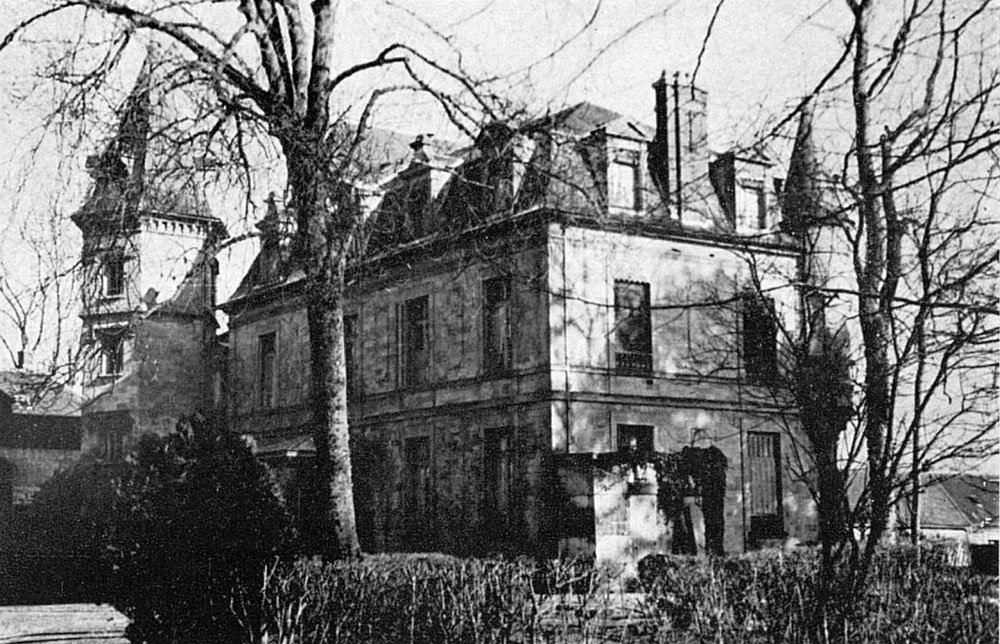
Located 50 km from Paris, the Précy-sur-Oise rest home was a facility reserved for female staff members in need of convalescence. With a capacity to accommodate 20 residents, it offered an ideal setting to recharge and recover after surgery or a non-contagious illness.
This rest home offered numerous amenities:
- Comfortable rooms with washbasins and hot and cold water
- Game room, lounge, dining room, and kitchen
- Infirmary and bathroom
- Vegetable garden and rest area
- Meals served at tables of four
- Leisure activities: newspapers, magazines, radio, record player, ping-pong table, board games, and library


